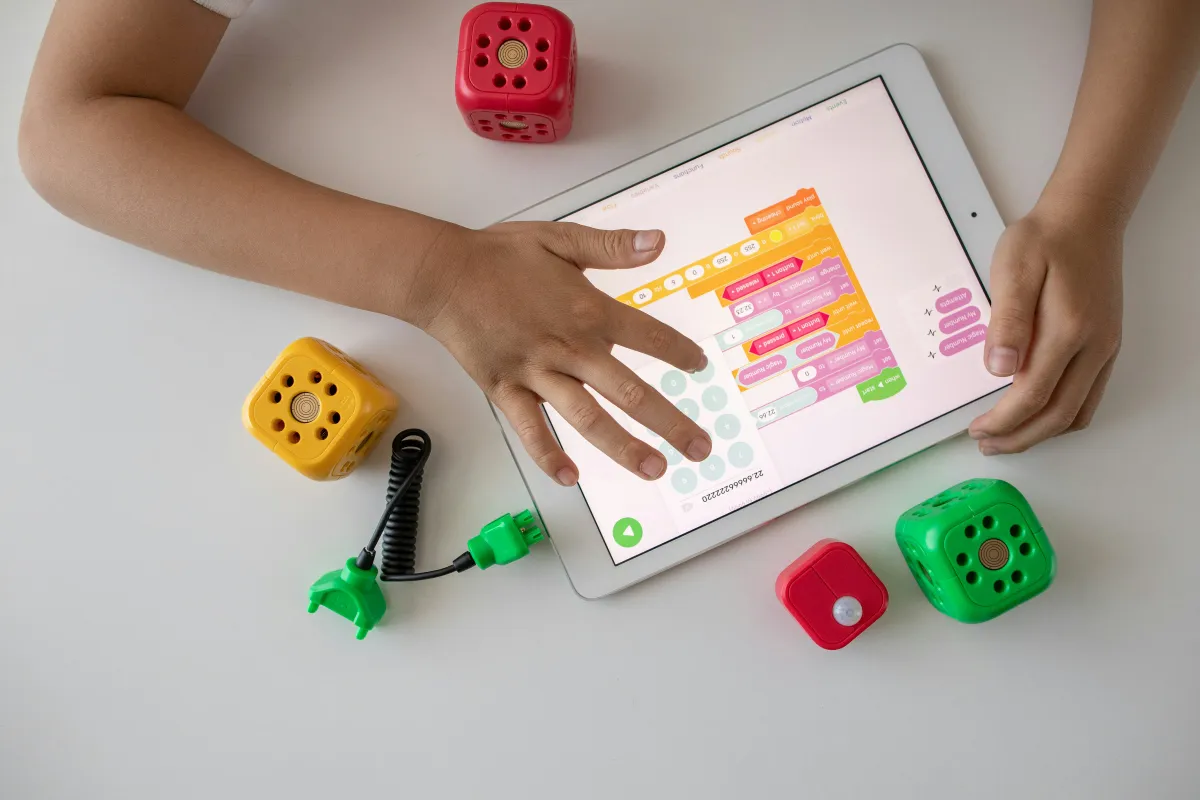Edu-Tainment: Merging Education and Entertainment for YouTube Success
A fascinating, often overlooked aspect of successful edu-tainment on YouTube is the psychological impact of narrative storytelling.

Key Takeaways:
- Blending educational content with an entertaining format captures audience attention and drives YouTube success.
- Interactive storytelling and relatable analogies transform complex subjects into captivating content.
- Tools like Adobe Spark, Canva, and Animaker empower creators to produce high-quality edu-tainment videos effortlessly.
- A fascinating aspect of successful edu-tainment on YouTube is the psychological impact of narrative storytelling. Research shows that information presented within a story is more likely to be remembered, making it a powerful tool for creators.
Adobe Spark: The Storyteller’s Canvas
Pros:
- User-friendly interface suitable for beginners
- Wide range of templates and graphics for quick content creation
- Integrated with Adobe Creative Cloud for enhanced functionality
Cons:
- Limited customization options for advanced users
- Requires Adobe Creative Cloud subscription for full access
Canva: The Design Dynamo
Pros:
- Intuitive drag-and-drop interface makes design accessible to all skill levels
- Extensive library of templates, images, and fonts
- Free version offers substantial features, with paid options for advanced needs
Cons:
- Primarily focused on graphic design, which may limit video editing capabilities
- Some advanced features locked behind a subscription model
Animaker: The Animation Ace
Pros:
- A simple platform for creating animated videos, ideal for edu-tainment content
- Wide selection of characters, backgrounds, and animations
- User-friendly for beginners with drag-and-drop functionality
Cons:
- Free version comes with limitations on video quality and branding
- May require a subscription for access to premium assets and features
Crafting Your Edu-tainment Masterpiece
1. Identify Your Niche: Start by pinpointing a subject you’re passionate about that has educational value. Whether it's science, history, or DIY crafts, your niche should align with both your interests and audience demand. Research keywords related to your niche to enhance discoverability on YouTube.
Related Read: Unlock Your YouTube Potential: Discovering Your Ideal Niche
2. Understand Your Audience: Knowing your audience’s demographics, interests, and learning goals is crucial. For instance, younger viewers may appreciate shorter, more visual content, while professionals may prefer in-depth analysis and data-driven insights.
3. Scripting Your Content: The script is the backbone of your video. Start with an enticing hook to grab attention, then outline what viewers will learn. Weave facts and concepts into relatable stories or real-life scenarios. This keeps content engaging while delivering value.
4. Visuals and Animations: Visual aids help transform complex topics into digestible content. Use Canva or Adobe Spark for engaging graphics or Animaker for animations. The right visuals will boost both viewer engagement and retention rates.
5. Filming and Editing: You don’t need elaborate equipment. A good-quality smartphone, microphone, and lighting setup will work fine. Tools like Adobe Premiere Pro or Filmora are excellent for editing. Ensure that your visuals complement the script and keep viewers engaged.
6. Engaging Your Viewers: Boost engagement by encouraging comments, questions, and interactions. Including quizzes, polls, or viewer challenges can make your audience feel more involved, increasing community engagement.
7. Consistent Posting Schedule: A consistent posting schedule is crucial. Whether you post weekly or bi-weekly, stick to a routine that keeps your audience engaged and anticipating your next video.
8. Promoting Your Channel: Use social media platforms, relevant forums, and communities to promote your videos. Consider collaborations with other creators within your niche to broaden your reach and tap into new audiences.
9. Building a Community: Fostering a sense of community can propel your channel’s growth. Engage with your audience through live Q&As, comment replies, and content tailored to viewer suggestions.
Related Read: Tech Talk: Uncovering the Most Profitable Technology Niches on YouTube
Building and Nurturing Your Community
Creating Interactive Content: Polls, challenges, and viewer-submitted questions make your audience feel valued. These interactive features turn passive viewers into active community members, increasing retention and loyalty.
Utilizing YouTube’s Features: Take advantage of YouTube's tools like Community Posts, Premieres, and Stories. These features keep your audience engaged between video uploads by sharing updates, sneak peeks, or behind-the-scenes content.
Feedback and Adaptation: Actively listen to feedback from your community and adapt your content based on evolving trends and viewer suggestions. Staying in tune with your audience ensures long-term success.
Recognize and Reward Engagement: Acknowledge active community members with shoutouts, subscriber-only events, or giveaways. Recognizing engagement can further strengthen viewer loyalty and keep them coming back for more.
Conclusion
Edu-tainment on YouTube bridges education and entertainment, enabling creators to foster curiosity and impart knowledge in an engaging format. By understanding your audience, crafting compelling stories, and leveraging the right tools, you can turn your channel into a vibrant educational platform. Remember, the key to successful edu-tainment lies in making learning fun and captivating.
FAQ
Q: How can I make educational content more engaging for a YouTube audience?
A: Use storytelling, humor, and relatable examples. Visual aids and animations also boost engagement.
Q: What’s the key to balancing education and entertainment in videos?
A: Ensure your content provides value while being presented in a light-hearted, engaging manner. Use feedback to maintain the right balance.
Q: Can edu-tainment videos be monetized on YouTube?
A: Yes, edu-tainment videos can be monetized, provided they meet YouTube’s monetization criteria.
Q: How long should edu-tainment videos be?
A: The ideal length is between 5 to 15 minutes, which maintains engagement while delivering substantial content.
Q: How do I keep up with changing YouTube algorithms?
A: Stay informed through YouTube’s Creator Academy and forums. Focus on SEO and maintain high audience engagement to adapt to changes.
For more tips on creating effective educational content, check out this YouTube guide.
Vimerse is a video editing agency for content creators and marketing agencies. We offer fast video editing at a price you'll love. We edit videos for YouTubers & Tiktokers with 10M+ subscribers. Get the best video editing services and grow your channel.


